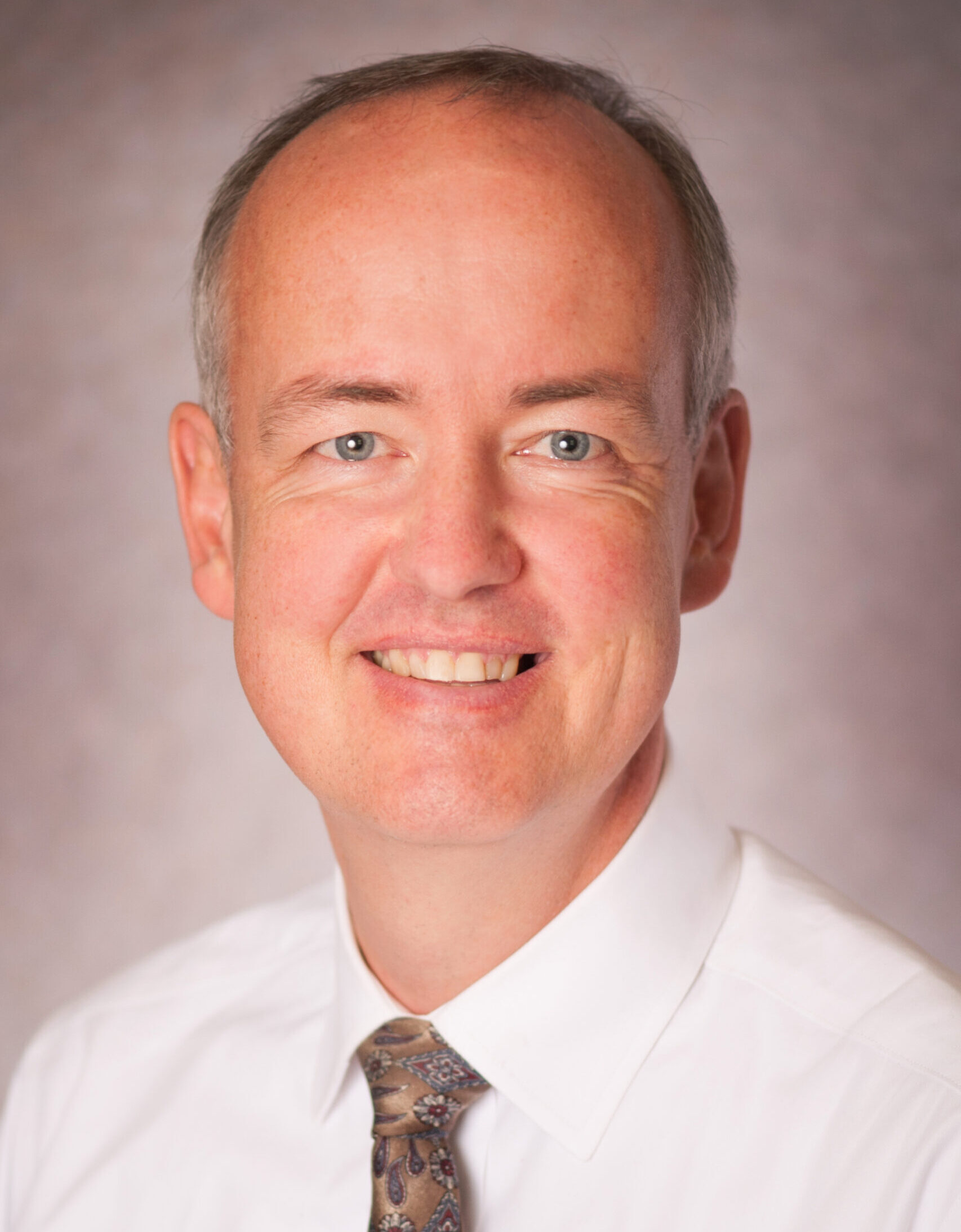Global Surgery Innovations: Accessible and affordable solutions for low-resource areas of the world
Raymond R. Price, MD, FACS
Dr. Robert Dean Matheson Endowed Professor of Global Surgery, Department of Surgery, University of Utah
Friday, January 19th at 11:45 am
In-Person in SMBB 2650!
The monitoring of vital signs in patients undergoing anesthesia began with the very first cans of anesthesia and has evolved alongside the development of anesthesiology ever since. patient monitoring started out as a manually performed, intermittent and qualitative assessment of the patient’s general well-being in the operating room.
In its evolution, patient monitoring development has responded to the clinical needs. Anesthesia patient monitoring itself is enabled by technological developments in the world outside of the operating room. Slower product life cycles in medical devices mean that by carefully observing technologies such as consumer electronics, including user interfaces, it is possible to peek ahead and estimate the technologies that will shape patient monitors in the near future. Extrapolating from careful observations of the prevailing trends that have shaped anesthesia patient monitoring historically, patient monitoring in the future will employ non-contact technologies, will predict the trajectory of a patient’s vital signs, will add regional vital signs to the current systemic ones, and will facilitate directed and supervised anesthesia care over the broader scope that anesthesia will be responsible for.
Kai Kuck, Ph.D., Professor of Anesthesiology and Director of Bioengineering at the University of Utah, has contributed to anesthesia and critical care technology since 1991. A former Fulbright scholar, he bridges industry and academia, starting with his doctoral and post-doc research in anesthesiology bioengineering at Utah, followed by being in charge of corporate research at Dräger, a leading global company in anesthesia and critical care ventilators. Dr. Kuck facilitated industry and academic partnerships to guide innovations to market viability. He has authored over 57 publications and 16 patents, with his team contributing to over 64 granted patents and 174 patent applications. He is a past-president of the Society for Technology in Anesthesia. As a professor and lab director, Dr. Kuck collaborates with clinicians, focusing on applied machine learning, decision support, patient safety, and monitoring, including cardiac output and acute kidney injury risk, with expertise in engineering, project management, and research team leadership.
